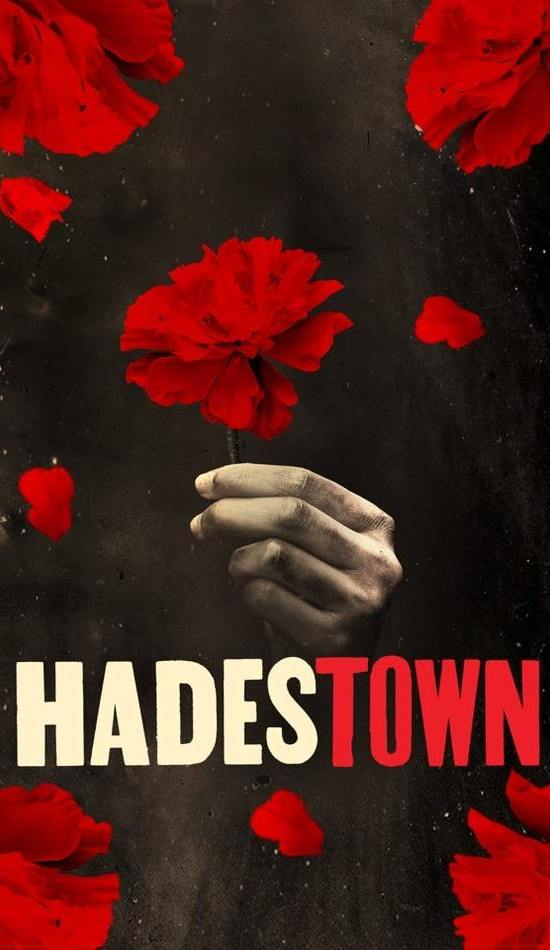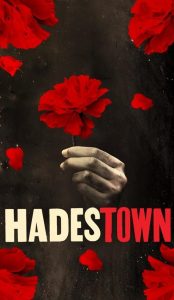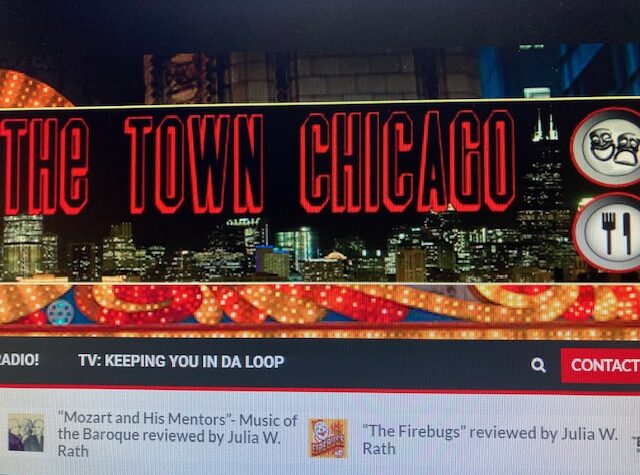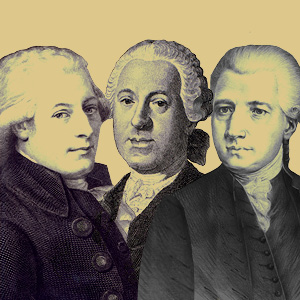
Editor note: Below, you will find an essay written by one of my writers, Julia W. Rath- enjoy the read!
Al Bresloff
My Musical Theater Heroes
by Julia W. Rath
May 25, 2021
Every generation has its heroes. In our era, the heroes of musical theater are the brave women who have become influential producers on Broadway. In so doing, they have taken considerable financial and personal risks in order to shepherd burgeoning musical productions and bring them to admiring audiences. Women today can be found as lead producers in such sensations as “Hadestown” (Mara Isaacs and Dale Franzen), “Oklahoma” (Eva Price), and “The Ferryman” (Sonia Friedman) and as major producers in hits like “Come from Away” (Sue Frost) and “Dear Evan Hanson” (Stacy Mindich). Previously an all-male domain, being a Broadway producer has always had its challenges: the biggest of which is the merging of commerce and art, namely, assembling that all-important creative team which embraces the vision for a multimillion dollar show and then raising the necessary funds from investors to make the dream happen.
It wasn’t easy for the current cohort of female producers to follow their ambitions and accomplish something special that their mothers and grandmothers could not have done. It’s not that previous generations of women were hiding their light under the proverbial bushel but, rather, that the bushel was constantly being thrown over their heads. This, in large part, has had to do with traditional stereotypes about the role of women in American society and culture.
Rachel Sussman, who is currently working on the musical “Suffragist”, is perhaps better known as the producer of “What the Constitution Means to Me”—and although this is not a musical, its overarching theme is perhaps the most akin to the progress (or lack thereof) of women in musical theater. In the same way that patriarchy and white supremacy found their way into the Constitution of the United States, manifest and latent biases against women and people of color found their way into the production of Broadway musicals. The theater world has largely been reflective of conventional gender distinctions, with women traditionally barred from the more “male” aspects of showbiz (such as fundraising development and directing) in favor of the more “female” aspects (such as choreography and costume design). Ghost writers have often sat in the wings with no place to fly; ghost producers have had their accomplishments minimized by men and scorned even when they have dared to take on “serious” themes. However, some women have become notable exceptions. For example, Paula Wagner (“Pretty Woman: The Musical”) rose from actor to agent to film, theater, and television producer, and in addition to championing her own career, she has had the goal of championing others. In a May 2020 interview with the Financial Times, she stated, “As a woman, I have always had to prove I can do things that aren’t expected.”
As more and more successful women have ascended the ranks of theatrical production, they are changing the face of live theater. Among other things, their presence as key producers has challenged typecasts and has helped increase mentorship opportunities for women in the field: not only as producers but also as directors, librettists, and songwriters, and this extends to the technical crew. For example, director Rachel Chavkin was delighted to team up with producers Isaacs and Frazen in the making of “Hadestown.”* In her 2019 Tony Award acceptance speech for best direction of a musical, Chavkin explained how important it is to be able to elevate other women while, at the same time, make her own mark in showbusiness. “This is something that has become an increasing core value of mine over the years…. So I do try to prioritize working with both women and more artists of color when I can. And I love collaborating with women.”
Female producers, like their male counterparts, are willing to take risks to teach us something that we don’t already know, such as introduce us to a new culture or a new situation or a new way of viewing things. They let us into somebody else’s life. They introduce us to people whose pain or struggle has been overcome by strength, and in the process, we learn something about ourselves. They provide us with a forum that features characters who stir enough emotion in us such that we laugh or cry or a bit of both. They showcase characters who are vulnerable and not afraid to show their feelings. These producers know how to recognize talent, foster it, and get a major show funded, produced, and publicized. Yet women and people of color and LGBTQ+ individuals may have meaningful stories to tell that may have been previously ignored. These individuals need to be given the freedom, opportunity, and resources not just to create new material but to provide a new look on life, perhaps from the vantage point of being a minority or a marginalized population.
Considering the sex and gender discrimination that many women have faced in the course of pursuing their careers, a good number of these pioneering sorts have formed their own social network to support women in theater. The Broadway Women’s Fund is made up of those who “work with industry leaders to provide favorable financial and social returns to investors and promote gender equality on Broadway.” One initiative of the Fund has been to develop an annual “Women to Watch” list, consisting of those who are recognized as rising stars in the industry, including “performers, playwrights, directors, stage managers, songwriters, and designers” with a special nod to women-of-color. The list is now in its second year, and its advisory board is made up of those in all areas of theater and includes such renown women as Chavkin and Sussman, plus Lynn Ahrens, Ashley DeSimone, Alia Jones Harvey, Theresa Rebeck, Michelle Riley, and Chita Rivera, among others. In the same way that we like to watch shows where the protagonists overcome great obstacles, chase greatness, or attain something of value or importance in the course of their lives, these remarkable women have done as much by ascending the ladder of success and taking it to the next step in the creative process: by paying it forward.
My advocacy of women in musical theater is not to minimize in any way the great talent of many male producers, directors, writers, composers, and the like. Clearly, I am grateful to Jerome Kern and the many other men who have led the way in crafting gorgeous and innovative shows since the origin of the musical about 100 years ago with the onset of “Showboat.” Without our forebears, we would not have the legacy that we build on today. But nowadays, many top women in the industry are not only creating productions of critical acclaim but are also fighting the good fight for gender parity—so that women as well as men can become tastemakers and influencers on our country, our culture, and the way we see ourselves.
Just as we can defend the lofty ideas behind our nation’s Constitution without defending the particular interests of the men who created the document, we can embrace the larger artistic vision that is inherent in the musical theater genre. Women producers are in the process of shifting the narrative of what musicals are and what they are destined to be. By taking the lead in major productions and by backing other women and mentoring them to become future producers, directors, librettists, songwriters, stars, and the like, these prominent individuals have forged the path towards more inclusiveness on stage and more openness in society at-large. The future of musical theater on Broadway and beyond is most definitely in excellent hands.
 *“Hadestown” is due to reopen on Broadway
*“Hadestown” is due to reopen on Broadway
September 2, 2021
at the Walter Kerr Theatre.
Welcome Back Broadway!!!






More Stories
Finding Paul Lisnek
“Mozart and His Mentors”- Music of the Baroque reviewed by Julia W. Rath
Our Milwaukee “Staycation” 2025!